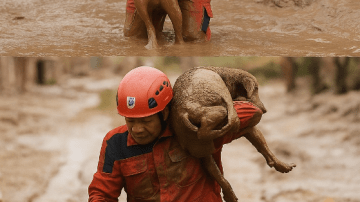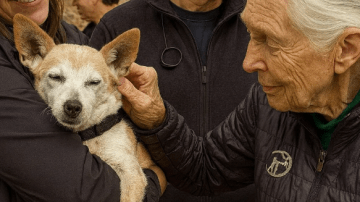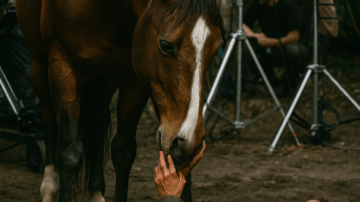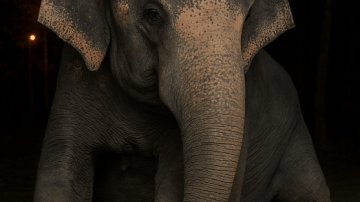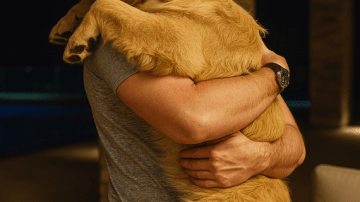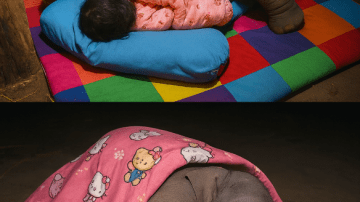She was first seen lying unconscious on a snowy sidewalk, her fragile body surrounded by ice. People who passed by thought she would never survive. A nearby veterinarian, after examining her quickly, shook his head. “There is nothing we can do,” he said. The suggestion was merciless: put her to sleep, end her suffering.
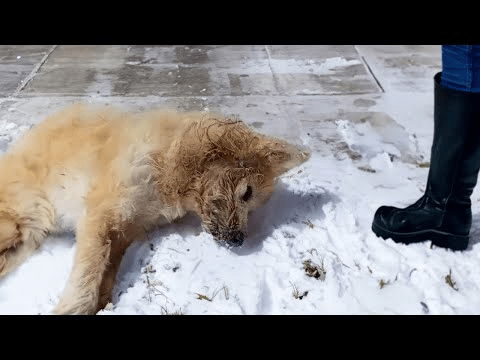
But I could not accept that. I begged them to at least give her first aid, to try anything that might keep her alive. That night, with tears streaming down my face, I held her close as we rushed her to another veterinary hospital. I whispered to her the whole way, even as her breathing slowed, even when I feared she was slipping away in my arms. Several times, I thought I had lost her.
People asked me later, “What happened to this dog? How did she end up like this?” I could only answer honestly: I did not know. All I knew was that she needed help, and quickly. Doctors surrounded her, syringes in hand, doing everything they could to stabilize her fragile body. For three days, she did not wake. We waited and prayed. On the fifth day, her eyes finally opened. She let out a faint cry, and I broke down in sobs. At last, she was out of immediate danger.
Her condition, however, was still severe. Scans revealed broken cervical vertebrae and a fractured pelvis. She cried often from the pain, her body wracked with tremors. The doctor explained that she had also suffered head trauma, which worsened her outlook. “She is completely paralyzed,” the doctor told me. In that moment, the world seemed to collapse. I wept like a child, crushed by the weight of despair.
But then, on the twentieth day, a miracle happened. Michelle—because by then she had a name—lifted her head and tried to eat. It was a small gesture, but it felt like a mountain moved. For the first time, I allowed myself to hope.
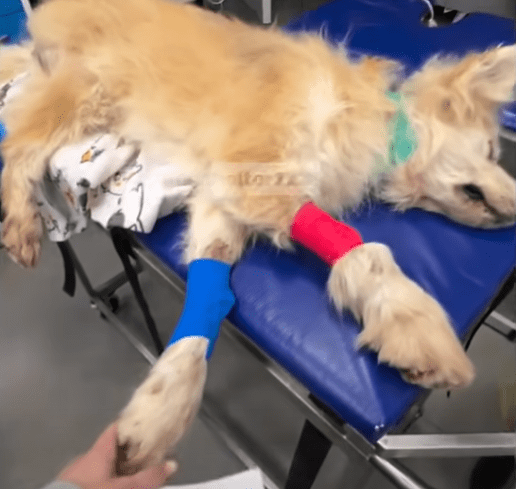
The storm was not over. Soon after, seizures began. Mild at first but frequent, they forced the doctors to prescribe anti-epileptic medication. These seizures were the result of her brain injury. The doctors told me bluntly that her chances of recovery were only ten percent. Yet even a sliver of hope was enough.
On the fiftieth day, what seemed impossible happened. Michelle was still alive, and not just alive—she was improving. She was transferred to a rehabilitation center, where specialists would guide her through therapy. Her resilience astonished everyone. She began to stand more steadily, her eyes following people with focus, her body responding to treatment. Recovery from brain damage would take time, but the progress was undeniable.
The doctors worked patiently, carefully. Operating on cervical vertebrae is delicate, filled with risks, but they believed in giving her the best chance. Slowly, Michelle’s small victories added up. Every day she surprised us, showing progress that had once been considered impossible. Even the veterinarians admitted that her willpower seemed to play a role. “Perhaps her desire to live is what helps her most,” one of them said.
We visited the place where she had been found, searching for clues about her past. There was nothing. No collar, no tag, no owner stepping forward. Had her injuries come from an accident? It was unlikely—her organs showed no sign of trauma from vehicles or falls. Was it possible that her former owner had caused this? We could only wonder.
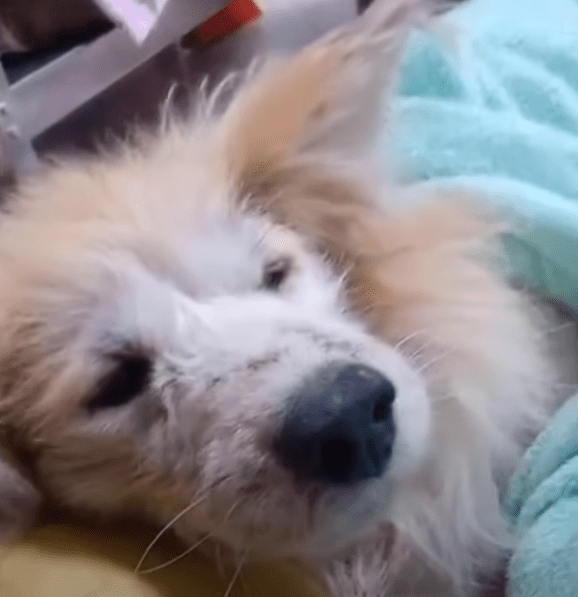
What mattered now was the present. Michelle learned to walk without assistance. She wagged her tail at everyone she met, full of love for those around her. The clinic became her second home, the staff her family. When doctors reassessed her condition, they rated her recovery as excellent. She could perform movements once thought far beyond her ability.
Finally, the day came when she was discharged. Michelle was curious about everything, sniffing at doors, tilting her head at every sound. We even visited a grooming salon, where she observed other dogs with interest. One of the dogs there had a congenital defect, a leg that prevented her from walking normally, but her owner showered her with love regardless. I thought of Michelle’s former life and felt a pang of sadness. Her owner had abandoned her, yet here she was now, surrounded by people determined to give her a future.
I promised Michelle a new life, better and happier than anything she had known before. Getting here had taken countless tears, sleepless nights, and the endless dedication of her doctors and caretakers. But now, a new and beautiful chapter was beginning.
Michelle had survived broken bones, paralysis, seizures, and despair. She had risen from the edge of death to walk again, to smile again, to wag her tail at the world. She had proven that love and persistence could turn even the darkest story into one filled with hope.
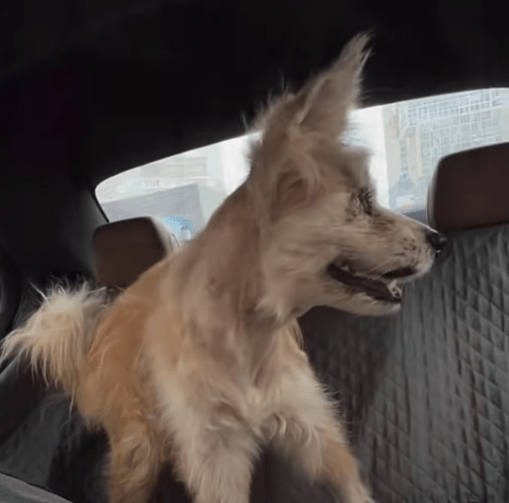
For me, every moment with her is a gift. Every step she takes is a reminder that miracles exist. Michelle has become not just a survivor, but an inspiration. Her journey is proof that even when the world seems lost, healing is possible, and a second chance can change everything.

